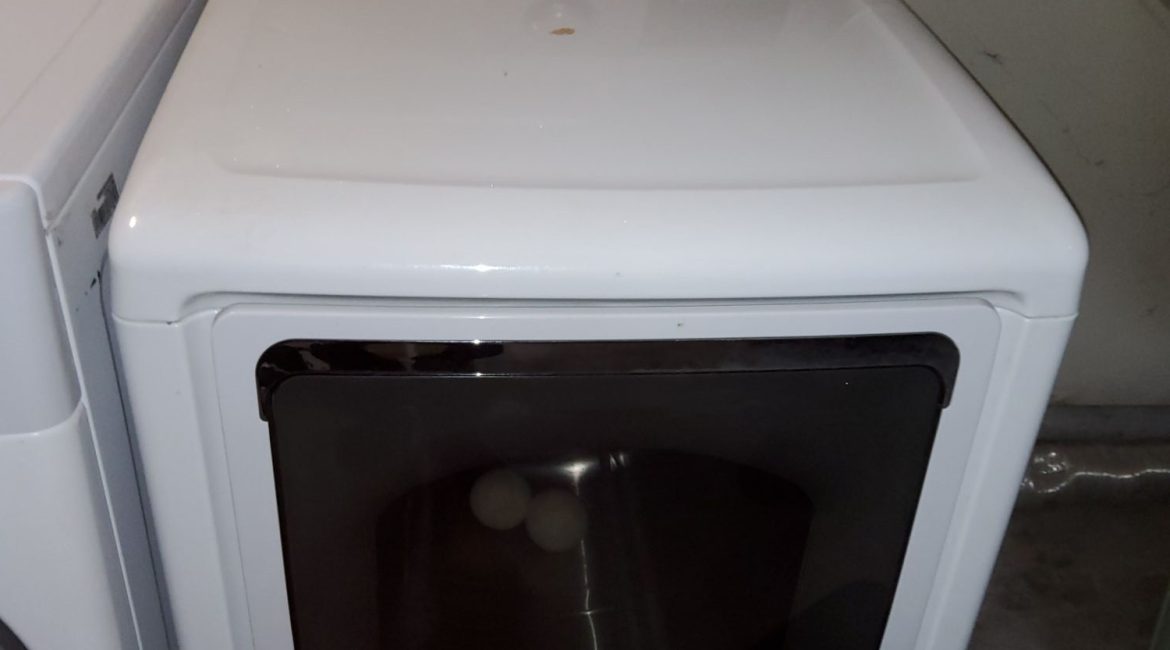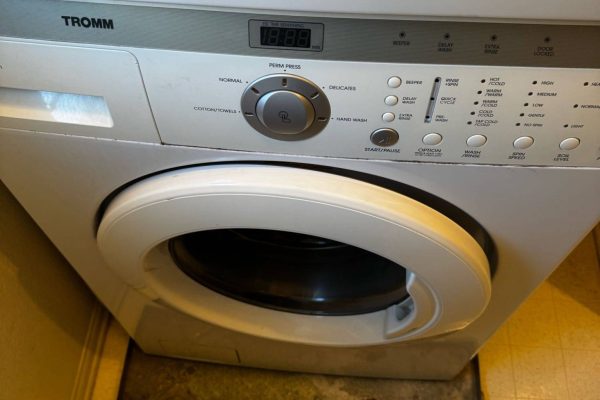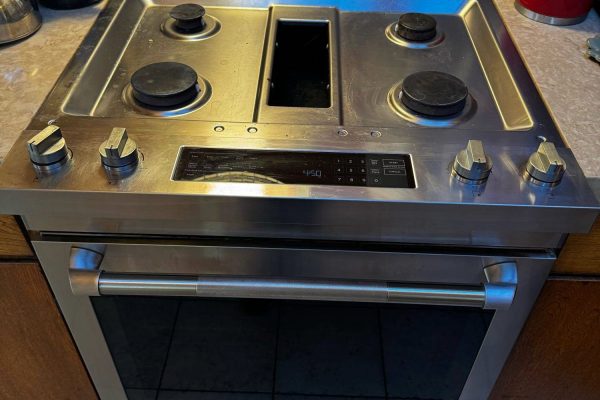A washing machine overflowing with foam can quickly turn a simple laundry day into a frustrating, messy situation. While soap bubbles might seem harmless, excessive foam can interfere with your washer’s performance and even cause long-term damage. Understanding the causes—most commonly too much detergent or a clogged pressure hose—can help you address the issue effectively and prevent it from happening again.
The Problem with Too Much Foam
Modern washing machines are designed to use high-efficiency detergents that create minimal suds. When too much detergent or the wrong type is used, the washer produces excessive foam that can spill out of the drum and leak onto the floor. This over-foaming doesn’t just make a mess—it also prevents your washing machine from rinsing properly.
When the foam builds up, it cushions the clothes, preventing proper agitation. This means your clothes may not get fully clean, and detergent residue may remain in fabrics, leading to skin irritation or unpleasant odors. Over time, the constant build-up of soap can also affect your washer’s internal components, such as seals, hoses, and the drain pump.
How Overuse of Detergent Causes Foam Overflow
Many people assume that using more detergent means cleaner clothes—but that’s a misconception. Detergent manufacturers and appliance makers design formulas and cycles to work together. Adding more detergent than recommended upsets this balance.
If you use a standard detergent in a high-efficiency (HE) washer, you’re likely to see more foam than the machine can handle. HE washers require low-sudsing detergents, and regular soap creates an overload of bubbles that the washer can’t process. As the foam expands, it may trigger error codes, extend the wash cycle, or cause water and soap to spill from the dispenser drawer.
To avoid this, always follow the detergent manufacturer’s guidelines and check your machine’s manual. Most HE washers only need about two tablespoons of detergent for a full load.
The Role of the Pressure Hose
If you’re using the correct amount of detergent but still notice overflow issues, the problem might lie in your washing machine’s pressure system—specifically the pressure hose. This small, flexible tube connects to the pressure switch and helps the machine detect how much water is inside the drum.
When the pressure hose becomes clogged with soap residue, lint, or debris, it sends incorrect signals to the control board. As a result, the washer may overfill or fail to sense when to stop adding water. The combination of too much water and detergent can then produce excessive foam that escapes from the drum.
A technician can inspect and clean or replace the pressure hose to restore proper functioning. It’s a relatively simple repair that prevents more serious water damage or component failure.
Other Contributing Factors
While detergent misuse and pressure hose issues are the primary culprits, other factors can worsen the foam overflow problem:
- Hard water: Requires less detergent than soft water, and using too much can cause excess suds.
- Cold water cycles: Detergent dissolves less effectively, leaving more residue that contributes to foaming.
- Blocked drain pump or hose: Prevents proper drainage, causing water and foam buildup.
- Faulty sensors or software errors: Some modern washers might misread levels due to electronic malfunctions.
Regular maintenance and correct detergent use can prevent most of these problems.
How to Fix and Prevent Excessive Foaming
If your washing machine is currently overflowing with foam, start by turning it off immediately. Allow the foam to settle, then run a rinse and spin cycle without detergent to flush out any remaining soap. You can also add a small amount of vinegar to break down the suds.
To prevent future issues:
- Use only HE detergent if your washer is high-efficiency.
- Measure detergent accurately—a small amount is usually sufficient.
- Clean the dispenser drawer regularly to remove residue.
- Run a maintenance wash once a month with hot water and no clothes.
- Have a technician inspect the pressure hose and drain system annually.
Why Professional Help Matters
While minor foaming issues can be solved at home, recurring overflows often point to internal malfunctions. A clogged pressure hose, faulty water level sensor, or blocked drain system requires professional attention. Attempting to repair these parts without proper tools or knowledge can lead to more damage.
That’s where Poway Appliance Repair Service Center comes in. Our certified specialists diagnose and repair washing machine issues quickly and efficiently. We handle everything—from pressure system cleaning to control board troubleshooting—so you can enjoy a smooth and mess-free laundry routine.
A washing machine overflowing with foam may seem like a simple problem, but it can signal deeper mechanical issues. Whether it’s caused by too much detergent or a clogged pressure hose, timely attention and proper maintenance are key to preventing costly repairs.
If your washer is overflowing or showing signs of malfunction, don’t wait for the problem to worsen. Contact Poway Appliance Repair Service Center today for expert, reliable, and fast service that restores your washer to perfect working order.
Contact us


